In today’s digital workplace, teams are paradoxically drowning in the very tools meant to save them. The average employee now toggles between 10-15 different applications daily, fragmenting their attention and crushing productivity.
If your team seems overwhelmed despite having “all the right tools,” you’re experiencing a crisis that’s becoming all too common.
The Tool Overload Problem
Multiple disconnected platforms create chaos rather than clarity. Your team uses Slack for messaging, Zoom for meetings, Asana for project management, Google Drive for documents, Salesforce for CRM, and a dozen other specialized tools. Each switch costs valuable focus time and mental energy.
Context switching drains productivity by up to 40%. Studies show it takes an average of 23 minutes to fully refocus after switching between applications. When your team makes dozens of these switches daily, hours of productive time simply vanish.
Information silos emerge when data lives in isolated tools. Critical information gets trapped in specific platforms, forcing employees to remember which tool contains what they need, a constant drain on mental resources.
Training overhead multiplies with each new tool. Every additional platform requires onboarding, learning curves, and ongoing support, consuming time that could be spent on actual work.
The Hidden Costs of Tool Sprawl
The financial impact extends far beyond subscription fees:
- Lost productivity costs businesses an estimated $1,800 per employee annually
- Duplicate tools waste 30% of software budgets as different departments purchase similar solutions
- Integration complexity requires specialized IT expertise and ongoing maintenance
- Security vulnerabilities multiply with each additional login and data repository
Five Strategies to Stop the Drowning
1. Conduct a Ruthless Tool Audit
Map every application your team uses and evaluate each one honestly. Ask: Does this tool serve a unique, essential function? Could its features be replicated by existing tools? If a tool isn’t demonstrably improving outcomes, eliminate it.
Create a simple matrix rating each tool on value delivered versus complexity added. You’ll likely discover significant overlap and identify clear candidates for removal.
2. Prioritize Integration Over Addition
Before adopting any new tool, demand it integrates seamlessly with your existing stack. Tools that work in isolation add to the problem rather than solving it. Look for platforms that offer:
- Single sign-on capabilities to reduce login friction
- API connections that enable data flow between systems
- Native integrations with your core business applications
- Unified notification systems that consolidate alerts
The goal is creating an interconnected ecosystem rather than a collection of islands.
3. Establish a Unified Communication Hub
Consolidate communication channels into one primary platform where your team collaborates, shares updates, and coordinates work. This doesn’t mean everything happens in one tool, but it does mean having a central hub that connects to other systems.
Modern business communication platforms can integrate with project management, file storage, and other essential tools, creating a single interface for most daily activities. This dramatically reduces the cognitive load of remembering where to go for what.
4. Implement Tool Governance Policies
Create clear guidelines about when and why new tools can be adopted. Establish a review process that includes:
- Business case justification showing clear ROI
- Assessment of existing tool capabilities
- Integration requirements with current systems
- Training and support resource allocation
- Regular usage reviews to ensure continued value
Empower a small team or individual to serve as gatekeeper, preventing tool sprawl before it starts.
5. Invest in Comprehensive Solutions
Sometimes the answer is replacing multiple specialized tools with one comprehensive platform that handles several functions well.
While avoiding unnecessary complexity, strategic consolidation around robust, full-featured solutions can dramatically simplify your tech stack.
Look for platforms that offer multiple capabilities, communication, collaboration, file management, and workflow automation, within a unified interface. The slight compromise in specialized features is often worth the massive gain in simplicity and integration.
The Path Forward
Stopping your team from drowning in tools requires both immediate action and ongoing vigilance. Start with your tool audit this week, identifying the obvious redundancies and rarely-used platforms that can be eliminated immediately.
Next, establish your governance process before any new tools enter your environment. Prevention is far easier than remediation when it comes to tool sprawl.
Finally, prioritize integration projects that connect your remaining essential tools into a cohesive ecosystem. This investment in connectivity pays dividends through reduced context switching and improved information flow.
Making IT Simple Again
The irony of tool overload is that it stems from good intentions, teams trying to optimize their work. But more tools don’t equal better outcomes. In fact, the opposite is often true. Simplicity, integration, and focus create the conditions for genuine productivity.
Your team doesn’t need more tools. They need the right tools, properly integrated, with clear purposes and seamless connections. By taking control of your technology stack now, you’ll free your team to focus on what actually matters: delivering great work and serving your customers.
Ready to simplify your team’s technology and reclaim lost productivity?
The first step is understanding exactly where the complexity lives and making strategic decisions about what truly adds value versus what just adds noise.

